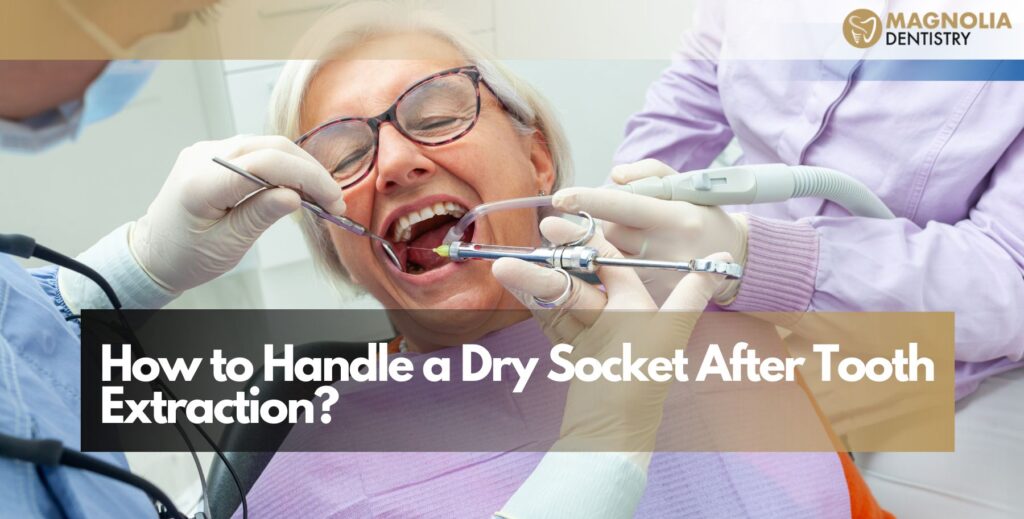Reaching your dental insurance annual maximum can be stressful — especially if you still need important dental treatments. Once you’ve hit your yearly limit, your insurance company stops paying for additional services until your plan renews, leaving you to cover the remaining costs. For patients needing advanced treatments like crowns, root canals, or dental implants, this can create financial challenges.
The good news is that even if you’ve maxed out your dental insurance, there are practical and affordable solutions available. This guide explains what to do next, how to plan your treatments wisely, and what alternatives you can explore to ensure you still receive the care you need without delay.
Let’s look at what happens when your insurance is maxed out and how to make smart financial and dental health decisions moving forward.
Table of Contents
Understanding Maxed Out Dental Insurance
Before discussing solutions, it’s essential to understand what “maxed out dental insurance” actually means.
Dental insurance plans typically include an annual maximum — a dollar limit your insurance will pay toward covered dental treatments in a single year. This limit usually ranges from $1,000 to $2,000. Once you reach this cap, you’re responsible for 100% of any remaining costs until your plan resets (usually at the start of a new calendar year).
For example, if your annual maximum is $1,500 and you’ve already used that amount for fillings, cleanings, and crowns, your insurance will not cover additional services until the plan renews.
While it’s a common scenario, the key is to plan your treatments strategically and explore ways to minimize out-of-pocket expenses while maintaining your oral health.
What Happens When You’ve Maxed Out Your Dental Insurance?
When you’ve maxed out your dental insurance, your coverage essentially pauses. This means your insurance company won’t pay for further dental services during the same benefit period.
How It Affects You:
- Preventive Care May Still Be Covered: Some plans still cover preventive services like cleanings, even after reaching the maximum. Always confirm with your provider.
- Major Treatments Become Out-of-Pocket: Procedures like crowns, root canals, and implants may need to be delayed or financed.
- Timing Becomes Important: If your maximum resets annually, your dentist may recommend splitting multi-stage treatments between two years to maximize benefits.
At Magnolia Dentistry, we help patients plan treatment timelines efficiently, ensuring they get the care they need while minimizing cost burdens when coverage runs out.
Maxed Out Your Dental Insurance? You Can Still Get Affordable Dental Care — Here’s How
If you’ve maxed out your dental insurance, don’t postpone essential dental care. Delaying treatment often leads to more serious (and expensive) problems later. Here’s how you can still get affordable care:
Ask About Payment Plans
Many dental offices, including Magnolia Dentistry, offer in-house or third-party payment plans with flexible monthly options to help you spread costs comfortably.
Prioritize Treatments
Your dentist can help determine which procedures are urgent and which can safely wait until your benefits reset.
Use Health Savings or Flexible Spending Accounts (HSA/FSA)
If you have these accounts, you can use pre-tax dollars to pay for dental procedures, reducing your overall expenses.
Look for Dental Membership Plans
Some clinics offer affordable in-house membership plans that include cleanings, exams, and discounts on treatments without the limitations of insurance.
Discuss Preventive Care
Preventive visits can reduce the risk of expensive treatments later. Regular check-ups, even without insurance coverage, are cost-effective compared to complex procedures.
By working with your dental provider, you can create a manageable plan that protects both your smile and your budget.
Dental Insurance That Covers Implants
For patients needing tooth replacement options, finding dental insurance that covers implants can make a huge difference. Not all standard insurance plans cover implant procedures, as they’re often classified as “cosmetic.” However, some higher-tier or supplemental plans do provide partial coverage for implants and related procedures, such as bone grafting or abutments.
What You Can Do:
- Check Your Plan’s Fine Print: Review your policy to see if implants are partially covered or if your plan offers reimbursement for alternative restorations.
- Ask Your Dentist About Options: Some dental offices partner with insurance carriers that offer implant-inclusive coverage or can suggest suitable plans during enrollment periods.
- Consider a Dental Savings Plan: These plans provide discounts on implants and other restorative procedures without waiting periods or yearly limits.
Even if your current insurance doesn’t cover implants, affordable payment and financing options are available to make this treatment accessible.
Dental Insurance Maxed Out: Smart Ways to Continue Your Care
When your dental insurance maxed out midyear, you might feel forced to delay your care — but that’s not always necessary. Dentists can often help you plan phased treatment to reduce costs.
Phased Treatment Approach:
- Step 1: Address immediate dental concerns first (like infections or cavities).
- Step 2: Schedule non-urgent procedures (like crowns or veneers) for after your insurance resets.
- Step 3: Maintain preventive visits out-of-pocket to prevent further damage.
Leverage Timing:
If your insurance renews in January, schedule restorative work toward the end of the year so any follow-up or final stages fall into the next benefit year — effectively doubling your coverage potential.
Planning smartly allows you to continue necessary care without financial strain.
Dental Insurance Annual Maximum: Understanding Your Coverage Limit
Every plan includes a dental insurance annual maximum, which defines how much your insurer will pay within a benefit period. Once you reach this maximum, your remaining dental costs are out-of-pocket.
Tips to Manage Your Annual Maximum:
- Track Your Spending: Request regular benefit statements from your insurance company to know how close you are to your limit.
- Schedule Treatments Strategically: Time your procedures to maximize coverage across two benefit years.
- Opt for Preventive Care Early in the Year: This ensures minor issues are addressed before your maximum is reached.
Knowing your annual maximum helps you make informed financial and treatment decisions throughout the year.
Exploring a Dental Insurance Alternative
If traditional dental insurance isn’t meeting your needs or has too many restrictions, exploring a dental insurance alternative can be a smart choice.
Popular Alternatives Include:
- Dental Savings Plans: These membership-based programs offer discounts ranging from 10–60% on most dental procedures with no annual limits or waiting periods.
- Community Dental Clinics: Local clinics and dental schools provide quality care at reduced costs, making them ideal for patients without active coverage.
- Subscription-Based Dental Memberships: Some dental offices offer affordable annual memberships that include cleanings, exams, and reduced rates on other services.
Why Consider an Alternative?
- No annual caps or waiting periods.
- Transparent pricing.
- Immediate access to care without preauthorization.
A dental insurance alternative is often more flexible and predictable, especially for patients who need ongoing treatment throughout the year.
Practical Tips to Maximize Dental Coverage and Manage Costs
Even if you’re nearing your annual maximum, you can still take steps to stretch your benefits further.
Bundle Treatments
Combine smaller procedures during one visit to minimize consultation costs and use coverage efficiently.
Schedule Preventive Visits Regularly
Preventive care like cleanings can catch problems early and avoid major procedures later.
Ask About Generic Materials or Options
If cost is a concern, ask your dentist about alternative materials for crowns, fillings, or implants that offer similar quality at a lower price.
Compare Dental Offices
Prices can vary significantly between clinics. Look for trusted offices like Magnolia Dentistry, which prioritize affordability and transparency in pricing.
Conclusion
Reaching your dental insurance annual maximum doesn’t mean you have to put your oral health on hold. Whether you’ve maxed out your dental insurance or are exploring a dental insurance alternative, there are several effective ways to continue receiving quality dental care.
From flexible payment plans and phased treatments to savings memberships and implant-inclusive policies, affordable options are available to keep your smile healthy year-round.
At Magnolia Dentistry, we help patients manage their dental care costs smartly — ensuring every treatment is both accessible and effective, regardless of insurance limits.
Remember, maintaining your oral health is always a worthwhile investment. With proper planning and the right dental partner, you can confidently manage your care — even when your insurance runs out.
FAQs
What to do when you max out your dental insurance?
Discuss payment plans or phased treatments with your dentist to manage costs and continue essential care.
What to do when your dental insurance is maxed out?
You can explore savings plans, payment options, or in-house membership programs to maintain treatment affordability.
What happens when you max out dental insurance?
Once your annual limit is reached, your insurer stops paying for additional care until your plan renews.
What happens when you reach your dental maximum?
Your out-of-pocket responsibility increases, so it’s best to plan future appointments strategically with your dentist.
What is an annual maximum in dental insurance?
It’s the maximum amount your insurer pays for covered dental procedures within a one-year period.
How to maximize dental insurance benefits?
Schedule major procedures across benefit years and prioritize preventive visits early in your coverage cycle.
What dental insurance has the highest annual maximum?
Premium plans or PPOs usually offer higher annual maximums, sometimes up to $5,000, depending on the provider.



